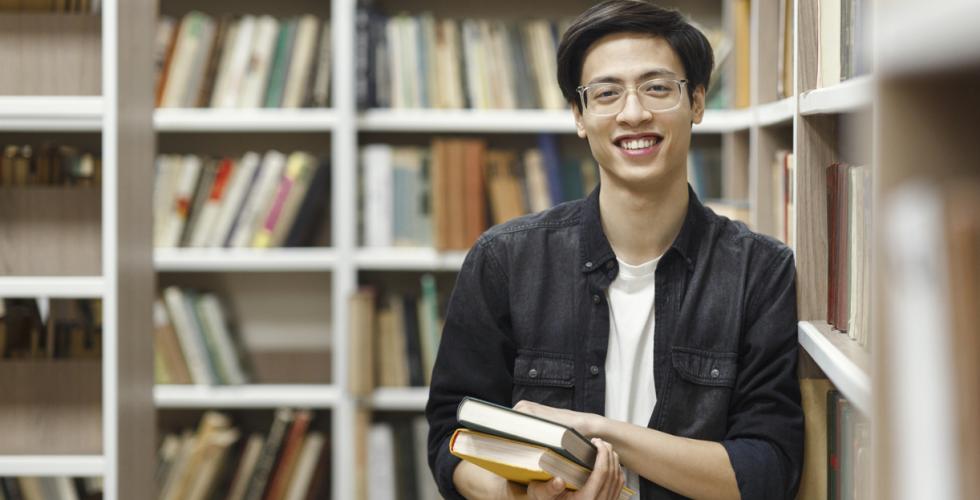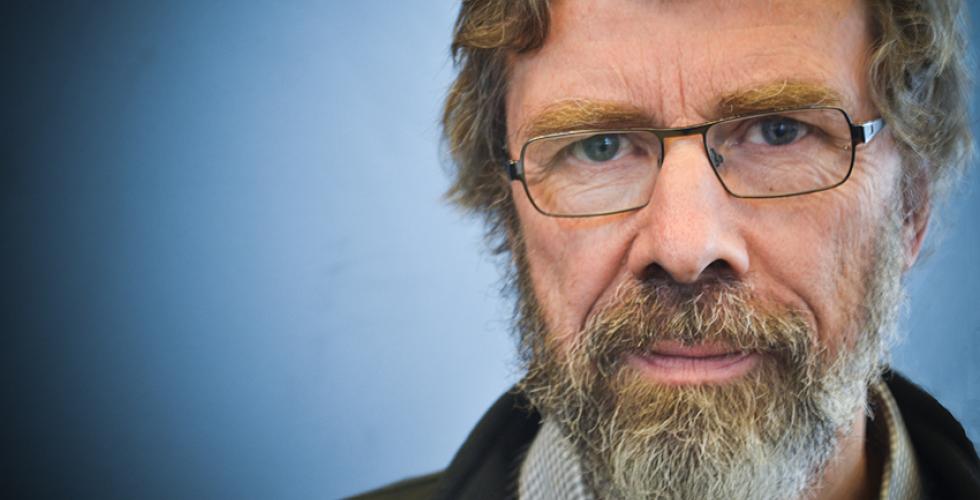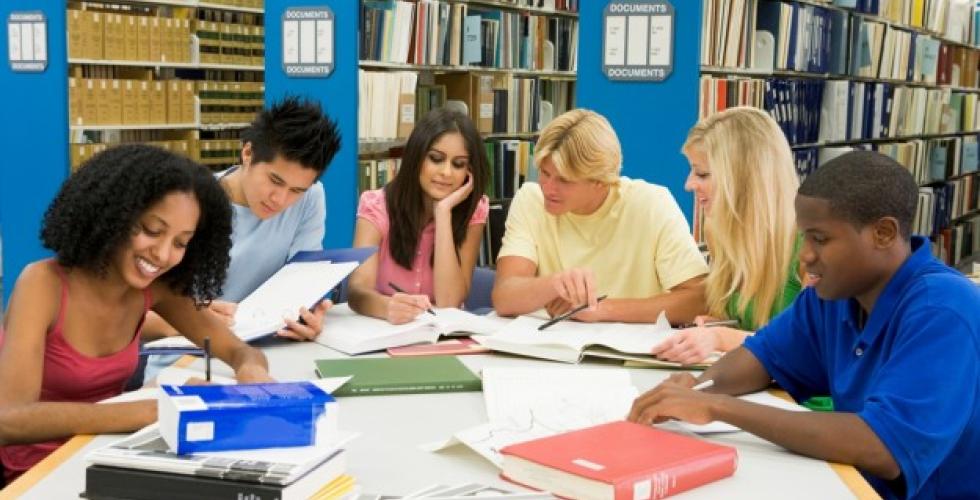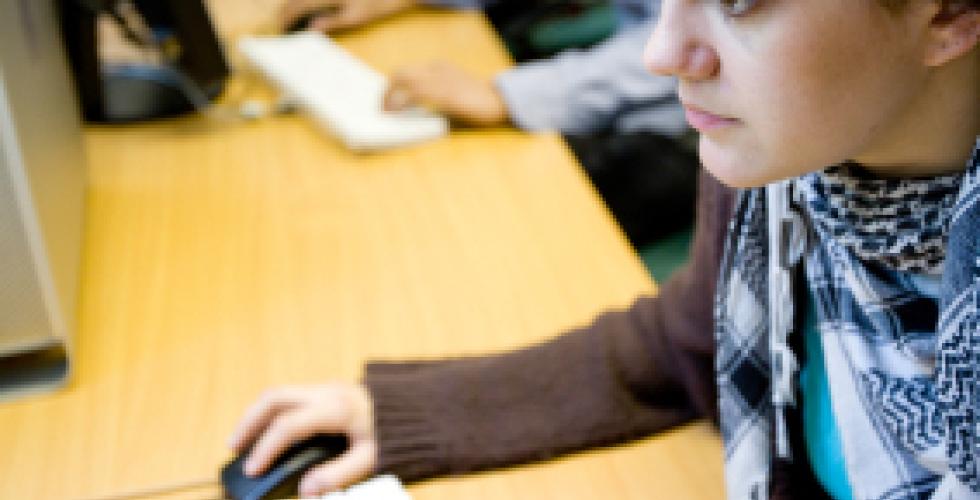“The dream is that anyone, regardless of background, can see themselves as a chemist”
New projects at the University of Tromsø aim to prevent dropout and improve grades among female students. "We want to show that there’s a place for everyone in the sciences," says the project’s leader.
Both projects at UiT The Arctic University of Norway are affiliated to subjects with skewed gender balance and diversity in what are often referred to as STEM subjects: science, technology, engineering and mathematics. (Read more about Balanse+ in the fact box.)
The projects, running from 2024 to 2026, have now reached their halfway point. Kifinfo spoke to the project leaders Elisavet Kozyri, Associate Professor at the Department of Computer Science, and Tor Olav Berg, Recruitment Manager at the Faculty of Science and Technology, about the results of the projects.
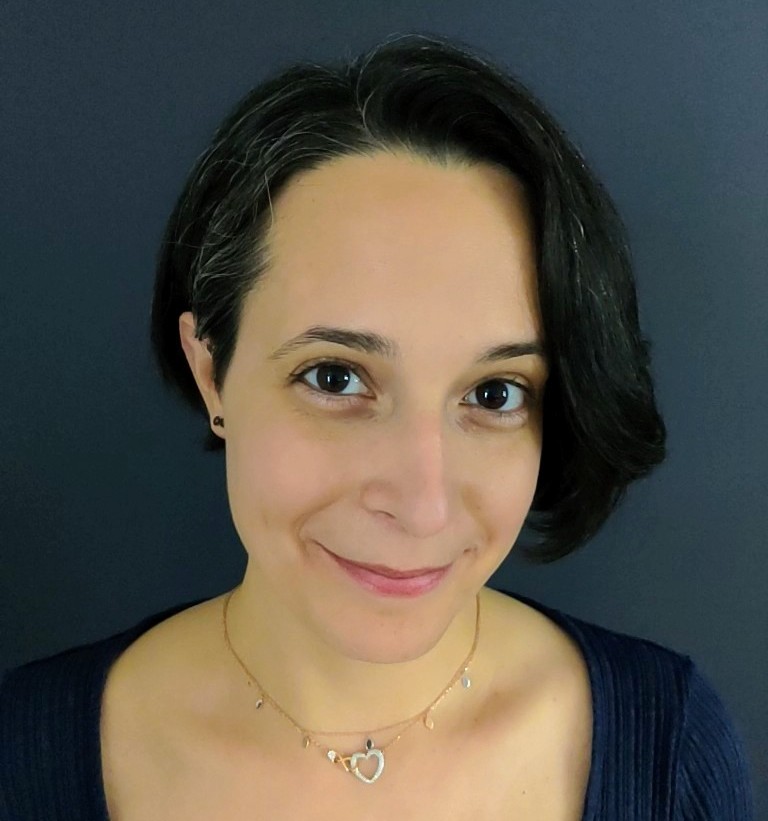
Lower dropout and improved grades
When the "Better Balance in Informatics" project was launched, only 13 per cent of computer science students were female, and the university was struggling with both recruitment and dropout rates.
“It's not that the department hasn't previously introduced measures to improve gender balance, but there's a long way to go before we achieve our goal. That's why we're now trying a concrete and targeted approach," says project leader Elisavet Kozyri.
She explains that the focus has primarily been on female first-year students, to help ensure they do not drop out during their first year of study.
“We not only want to increase recruitment to the bachelor's programme in computer science, but also grades and completion rates among female students.”
“What’s at the core of the method?”
"We’ll remain present and offer a dedicated programme that builds motivation and confidence in the first semester," she says.
“You started a year ago. How far have you come?
“We’ve developed a series of workshops to be held next semester. More specifically, female master's and bachelor's students have developed four workshops.
The workshops aim to provide greater understanding and insight into technical aspects of the programme, and are open to all students.”
“Those are the areas where many students struggle," she adds.
"The reason the workshops are being developed by female students is that they have the experience and insight to know what should be included in the first-year support programme," Kozyri explains.
Showcasing different career paths
The "Better Balance in Informatics" project will also organise eight talks – open discussions with local, national and international speakers.
“The aim is to make the subject’s feel relevant, with topics such as artificial intelligence, and give an idea of potential career paths. We also hope the speakers will serve as role models for the students," says project leader Kozyri.
“Who are the speakers?”
“The speakers are mainly women – seven out of eight are female. They come from academia, industry and the public sector," she says.
In addition to workshops and talks, a survey has been designed to measure how confident students are in the technology used when they take their first programming course at bachelor level.
“The responses to the survey provide us with a reference group that we can compare with those starting the programme in the autumn.”
Kozyri explains that the participating students have been very positive, which is influencing both the culture and conversation around gender.
“By contributing to the development of the programme and its content, students become aware of what makes the subject feel relevant and understandable for people from different backgrounds.”
“We believe that, over time, this will influence discourse and hopefully lead to a more inclusive culture in the department.”
“It was easy to recruit the eight female master's students, and we’ve had a constructive and effective collaboration. The students have already completed the introductory programming course and vividly remember the challenges they faced and how they overcame them. Thanks to that experience, they know which topics might feel challenging and how best to support other students.”
“We're now looking forward to the autumn, when the workshops and talks will start," says Kozyri.
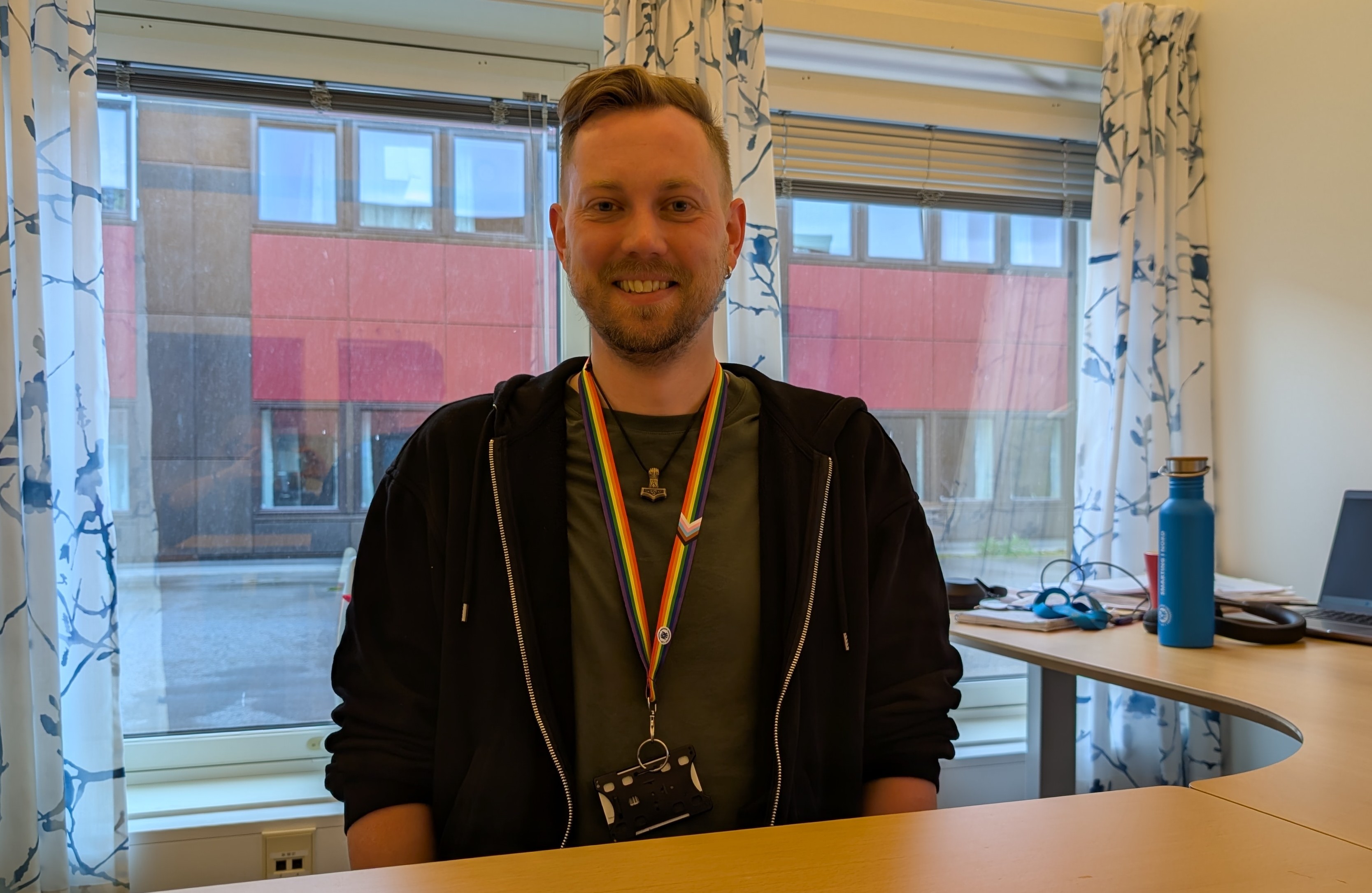
The stereotype of a typical math student
"Diversity in STEM" is the second gender equality project at the Faculty of Science and Technology at UiT.
Although the gender balance varies – for example, biology has a higher proportion of female students than physics and mathematics – the overall picture is that these subjects struggle to recruit and retain women.
“One of the big challenges is the stereotype of what a typical engineering, physics or maths student looks like. The stereotypical image is often a white, heterosexual and able-bodied man. This makes many groups, including women, feel like they’re not welcome," says project leader Tor Olav Berg.
"Recruiting and retaining women has been on the agenda for years, but without much success," he says.
“Why will it work this time?”
“We’ve designed and continue to implement a range of initiatives to inspire and encourage women to choose STEM subjects. What's new in this project is we're challenging stereotypes by including a broader diversity perspective.”
Berg explains that the goal of the project is to increase understanding about the barriers different groups face on the path to higher education, especially in STEM subjects.
“Using this insight, we can continue to develop initiatives and find the best ways to facilitate them, making these subjects more attractive to a broader group," he says.
The project will develop a diversity plan for STEM subjects, organise seminars about the barriers different groups may face, and develop material based on testimonies from students and staff about the value of diversity in STEM subjects, according to Berg.
“One of the most important goals is to find out how we can encourage more people to develop a STEM identity.”
“Do you think you can recruit and retain more women by focusing on diversity and not just gender?”
“Yes, we hope and believe such a synergy effect can strengthen gender balance. By showing that we are a faculty that offers safety and belonging for everyone – regardless of gender, sexual orientation, functional level or socio-cultural background – we hope to change people's perception of the subjects," says Berg.
Stronger sense of belonging
“Great ideas – but what exactly are you doing?”
“In the first part of the project period, we spent time increasing the level of knowledge about diversity. We want staff and students to understand and take ownership of why a diversity perspective is important for the development of these subjects. We have drawn particular inspiration from the UK and the US, where there’s a lot of relevant research," says Berg.
This knowledge will form the basis for improving recruitment and follow-up throughout the programme, Berg explains. He points to research showing that diversity in courses and curricula, demonstrating how a student's background and identity can be a resource, can in turn strengthen the sense of belonging to the subjects.
“A study shows how culturally relevant content in education not only increases the chances of you remembering what you've learnt, but also gives you a stronger sense of belonging to the subject. It’s not only important in terms of working with diversity, but can also have an impact on completion rates,” Berg says.
“The next part of the project is more outward-looking. We will organise informational seminars and workshops that will discuss the challenges faced by different groups in STEM subjects and how we can better create a sense of belonging.”
“We want to use role models who can share their personal histories and show that there’s a place for everyone in STEM subjects,” he says.
“Who’s the target group?”
“We not only need to reach current students and staff, but also prospective students.”
“Choices are being made earlier and earlier, so it's important that the faculty is also present in secondary and upper-secondary schools. The dream is that anyone, regardless of background, can, for example, see themselves as a chemist,” Berg says.
Translated by Totaltekst.
Admission statistics for 2025 show that interest in UiT The Arctic University of Norway is increasing: 33,500 applicants are on the list of students applying to the university in the north.
The gender distribution shows that 29 per cent of applicants with STEM subjects as their first choice are women. This is an overall decrease and corresponds with national statistics.
Across the entire Faculty of Science and Technology, 33 per cent of applicants are female with STEM subjects as their first choice. Biology subjects slightly boost the overall statistics.
Source: Tor Olav Berg, Faculty of Science and Technology at UiT
Since 2012, the Research Council of Norway has awarded NOK 130 million to 37 projects through the Balanse programme. One of the goals is to improve gender balance in academia.
In 2023, the programme was continued as Balanse+. The Nordic Institute for Studies in Innovation, Research and Education (NIFU) is responsible for the BalanseHub centre of expertise, and there are a total of 19 action projects in the period 2024–2026.
Two of the four projects funded at UiT The Arctic University of Norway aim to address the highly skewed gender balance in the sciences. The two projects described in this article are "Diversity in STEM" and "Better balance in Informatics". Both are affiliated with the Faculty of Science and Technology.
Read more at the Research Council of Norway and BalanseHub (in Norwegian)

